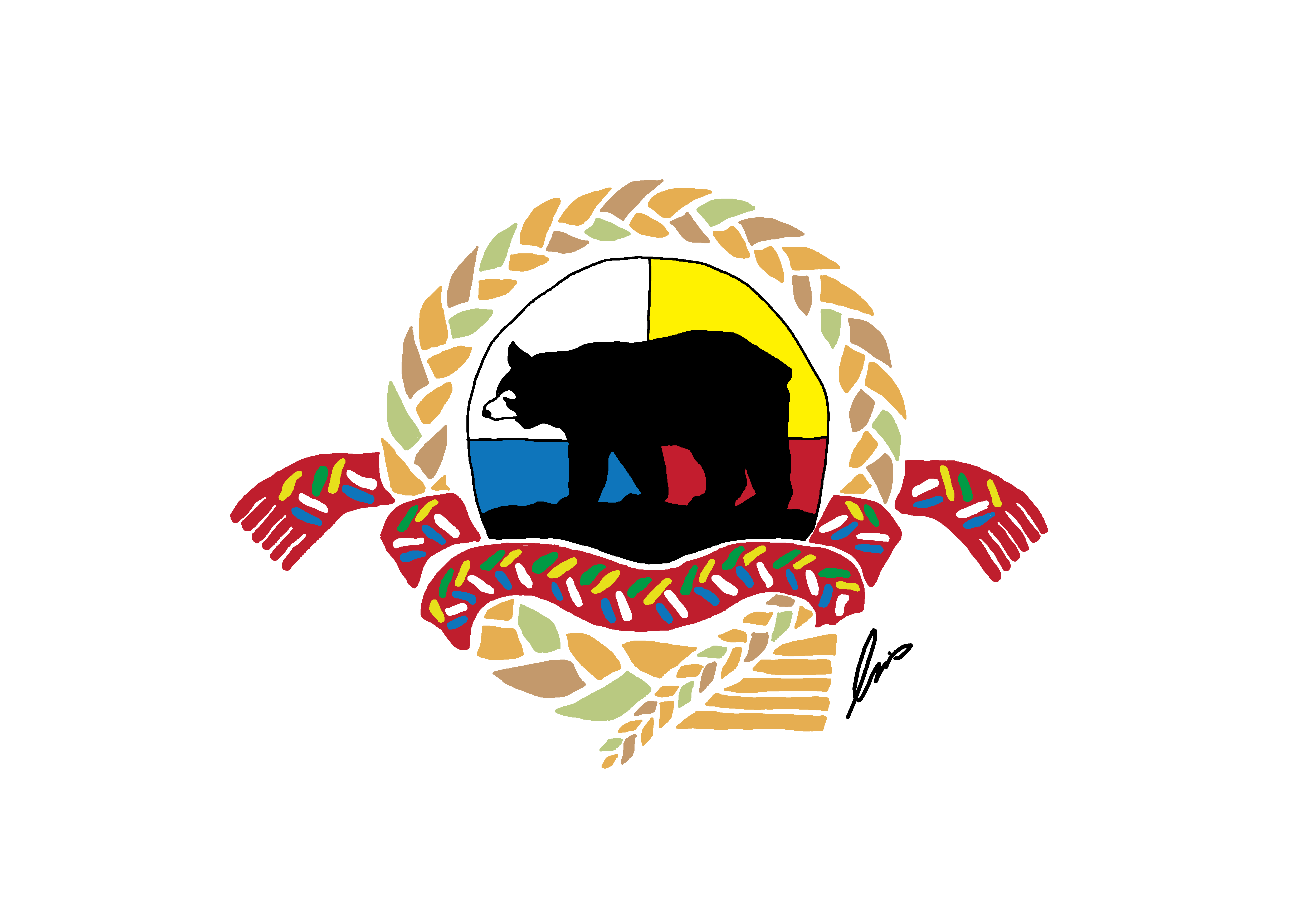Though the number of studies are scarce, there emerges a consistent and worrying pattern on the status of Indigenous health.
A Statistics Canada study spanning 2011–2014 found that whereas around 60 per cent of the non-Indigenous population perceived their health as good or excellent, only 48.5, 51.3, and 44.9 per cent of First Nations, Métis, and Inuit people respectively reported their health as such.
Life expectancy is also lower for members of Canada’s Indigenous population, with an average life expectancy of 68.9 for Indigenous men and 76.6 for Indigenous women, compared to 78 among non-Indigenous men and 81 for non-Indigenous women. The cause of this can be attributed to a number of compounding issues, some of which are not immediately related to health care.
Racism and discrimination against Indigenous people in the medical system are a big factor in preventing them from accessing and returning for continual services, explains Dr. Suzanne Stewart, Director of the Waakebiness-Bryce Institute for Indigenous Health.
Stewart says that the issue regarding Indigenous access to health services is “about actually being able to go into a health care environment and feel like it’s safe to be there mentally, emotionally and spiritually.”
This is made more difficult by the legacy of the residential school system, funded by the government, which forcibly removed Indigenous children from their communities to undergo aggressive assimilation. From the nineteenth century to 1996, an estimated 6,000 children died in the system out of the 150,000 forced to attend.
Children were underfed and malnourished. One residential school experimented with feeding children just a flour mixture. This systemic malnutrition caused by residential schools has been linked to health issues such as diabetes.
Even today, biases remain in the system, says Dr. Anna Banerji, Associate Professor at the Dalla Lana School of Public Health. “I’ve witnessed it first hand,” she said.
Banerji has been researching Indigenous health for 25 years, travelling to the Arctic over 30 times to study respiratory infections in Inuit people.
Banerji discovered that Inuit babies are more frequently infected by respiratory syncytial virus than the wider Canadian population. But, Banerji says, “there’s an antibody that’s cheaper than the cost of admission [to a hospital] and no one is implementing that [in Inuit communities].”
South of the Arctic, Cat Lake First Nation recently made headlines due to a housing crisis that developed into a health crisis. Almost 100 houses in the fly-in community contained black mould, which caused rashes and bacterial infections, including lung infections.
Stewart explains that current health issues in Indigenous communities were “created by the systemic factors of all colonization,” which in turn “created a group of people who are highly traumatized and who have no resources to cope within that very system that created the trauma,” leading to crisis.
Furthermore, Stewart says that resources tend to assist in the immediate aftermath of crises, but not to sustainable preventions of them, such as research and programs so that issues like addiction do not escalate into crises.
Traditional medicine and knowledge are ways by which Indigenous people can heal.
Dr. Angela Mashford-Pringle, Assistant Professor at the Dalla Lana School of Public Health and Associate Director of the Waakebiness-Bryce Institute for Indigenous Health, also stressed the barriers to the Cree notion of “pimatisiwin,” which is a traditional conception of “a good way of life.”
“We can’t live that way because we have too many systems pushing down on us,” says Mashford-Pringle.
Stewart says that traditional healing and medicines are rather inaccessible and it is up to individuals to seek them out, despite the fact that Indigenous health is included in treaty rights.
Mashford-Pringle works with Cancer Care Ontario, which offers courses in cultural competency to inform health care providers about Indigenous history and knowledge.
Stewart echoes the need for courses, saying, “We haven’t done anything that’s more meaningful such as [to] require our staff and our health care workers to undergo cultural safety training, to collaborate with Indigenous communities, to provide culturally-based services, provide access to traditional medicines and traditional healing.” She says that this “would bring meaningful change to health equity and health access for Indigenous people.”
“Why is it okay for them and not for me?” asks Banerji. She notes a disparity in acceptance and that “what is accepted for Indigenous children would not be accepted for non-Indigenous children.”
Stewart says that it is essential for non-Indigenous people to understand the ways they have benefitted from the harm done to Indigenous people, including through health care accessibility.
“Spend five minutes and learn about Indigenous people,” says Mashford-Pringle, adding, “Don’t stand in our way, even if the only thing you ever do is stand aside so that we can push for our right, that’s better than standing in our way and making it [worse].”


